in this question both ODE are coupled, hence there's only 1 ODE to solve:
1.- use 1st equation to write
A1=f(A2,dA2/dz)
and feed this expression into 2nd equation.
2.- regroup
n1=1j*k1^4/k2^2*1/deff*.25
n2=1j*3*(k1-k2)
now the ODE to solve is
y'=n1/y^2*exp(n2*z)
3.- It can obviously be done in MATLAB, but for this particular ODE in my opinion the Wolfram online ODE Symbolic Solver does a better job.
Input the obtained ODE of previous point into the ODE solver available in this link
https://www.wolframalpha.com/input?i=y%27%27+%2B+y+%3D+0
and solve
4.- The general (symbolic) solutions for A2 are

Note that I used k1 instead of n1 and k2 instead of n2 just in the Wolfram ODE Solver.
Rewording ; the k1 k2 expressions of the general solutions are not the wave numbers k1 k2 of the equations in the question. Just replace accordingly.
5.- Now get A1 using expression in point 2.
6.- I have spotted 2 possible errors in the MATLAB code posted in the question that shouldn't be ignored by the question originator:
In the far right side of the posted MATLAB code, the exponential expressions
6.1.- both show
exp(-i(2*k1-k2)z))/(k1(c^2))
there's this (k1*(c^2)) dividing the exponent wheras in the question none of the exponentials show such denominator their respective exponents.
6.2.- the dk or delta k expression in the exponentials of the question are obviously k2-k1 or k1-k2 , here there may be room for a sign ambiguity, that may shoot a wave solution onto the opposite direction, yet the point here is where
*exp(-1i*(2*k1-k2)*z)
should probably be
*exp(-1i*2*(k1-k2)*z)
or just
exp(-1i*(k1-k2)*z)
6.3.- and yes, in MATLAB (-1)^.5 can be either expressed with 1j or 1i but as written in the MATLAB code made available in the question, since only a chunk of code has been made available, it's fair to assume that no such i=1j has been done.

